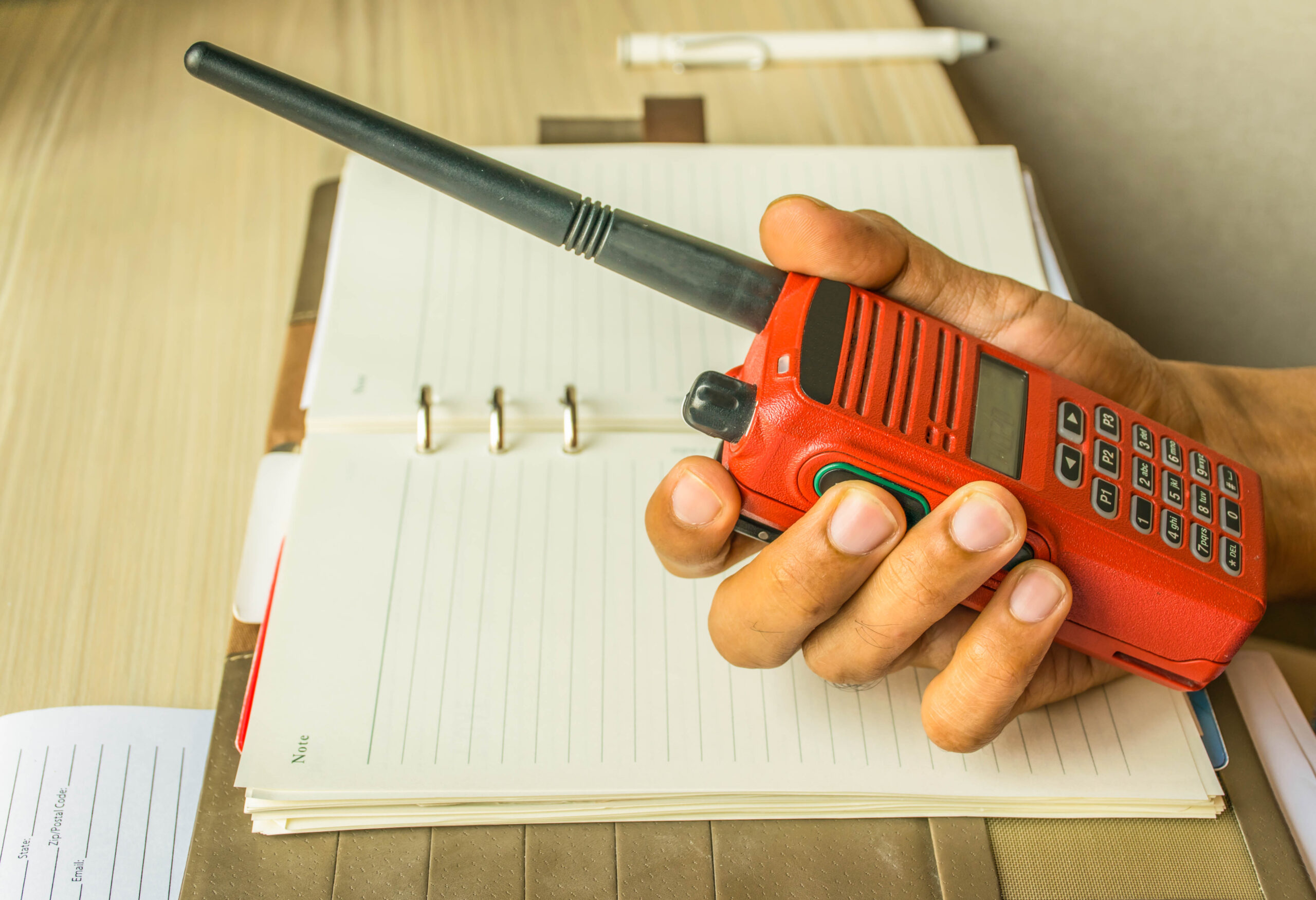


Tapping Media for Credible Disaster Communication
By Steven Johnson for Domestic Preparedness
Few preparations made in anticipation of a disaster pay bigger dividends than how the team communicates with the news media and the public during a disaster. Seamless and coordinated communication is as important as seamless and coordinated operations – both during the disaster and in the recovery stage. Communications and operations must work in tandem.
Timely and relevant information flow is obviously vital to sound decision-making during a disaster, but is also a vital public service that informs – and may protect – the public from further effects. Executed professionally and timely, disaster communication also can play a major role in transforming concerned or even angry audiences into allies. A critical linchpin in the effort is the news media, which must collaborate to efficiently and credibly disseminate information to the public.
Tell the Truth & Tell it Fast
To engage the news media, information must be truthful, clear, and timely. This requires that emergency response authorities, operations directors, and first responders provide updates and their best thinking efficiently and regularly. Even if all disaster preparedness professionals and first responders are on board, often very little information is available in the early stages of a disaster. Even as a team awaits information – about what happened, when, why, and how many people have been affected – its authority and credibility is bolstered when they demonstrate empathy and action early and often.
The public wants to see and hear concern and contrition, and spokespeople need to acknowledge the uncertainty and fluidity of the situation. For example, in the case of AirAsia flight 8501’s crash in 2014, Chief Executive Officer Anthony Francis (Tony) Fernandes had little information about the tragedy. He knew the statistics of the aircraft and the experience of the pilot and crew. Beyond that, though, all he could do was express the deep sadness that he and his colleagues felt and how his organization was committed to working with authorities to learn what happened and what could be done to ensure that it would not happen again. Ultimately, the entire disaster preparedness community wants to foster trust and credibility – which is most likely to happen via timely, transparent, and proactive communication.
For more, click here.